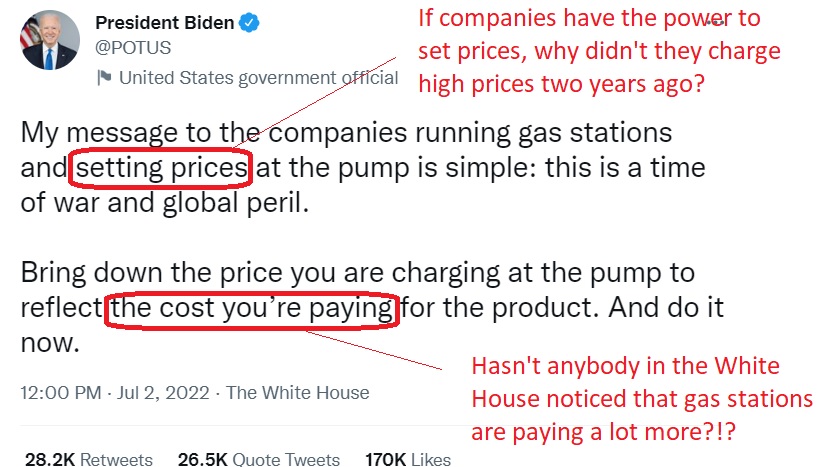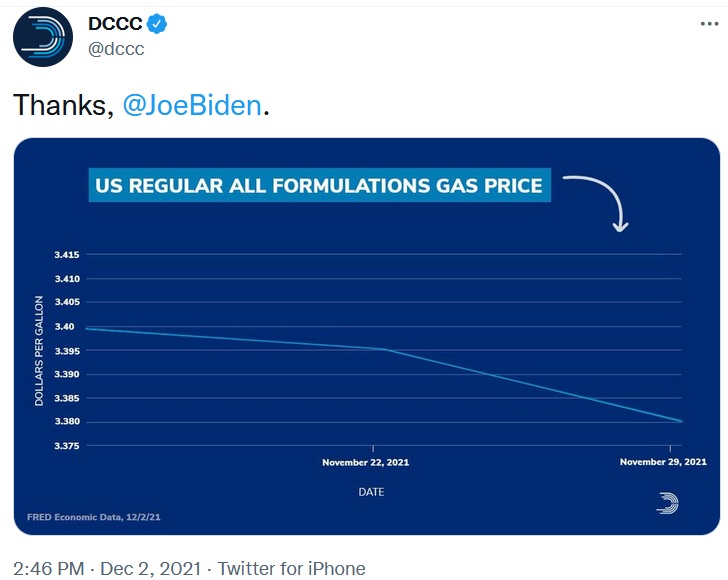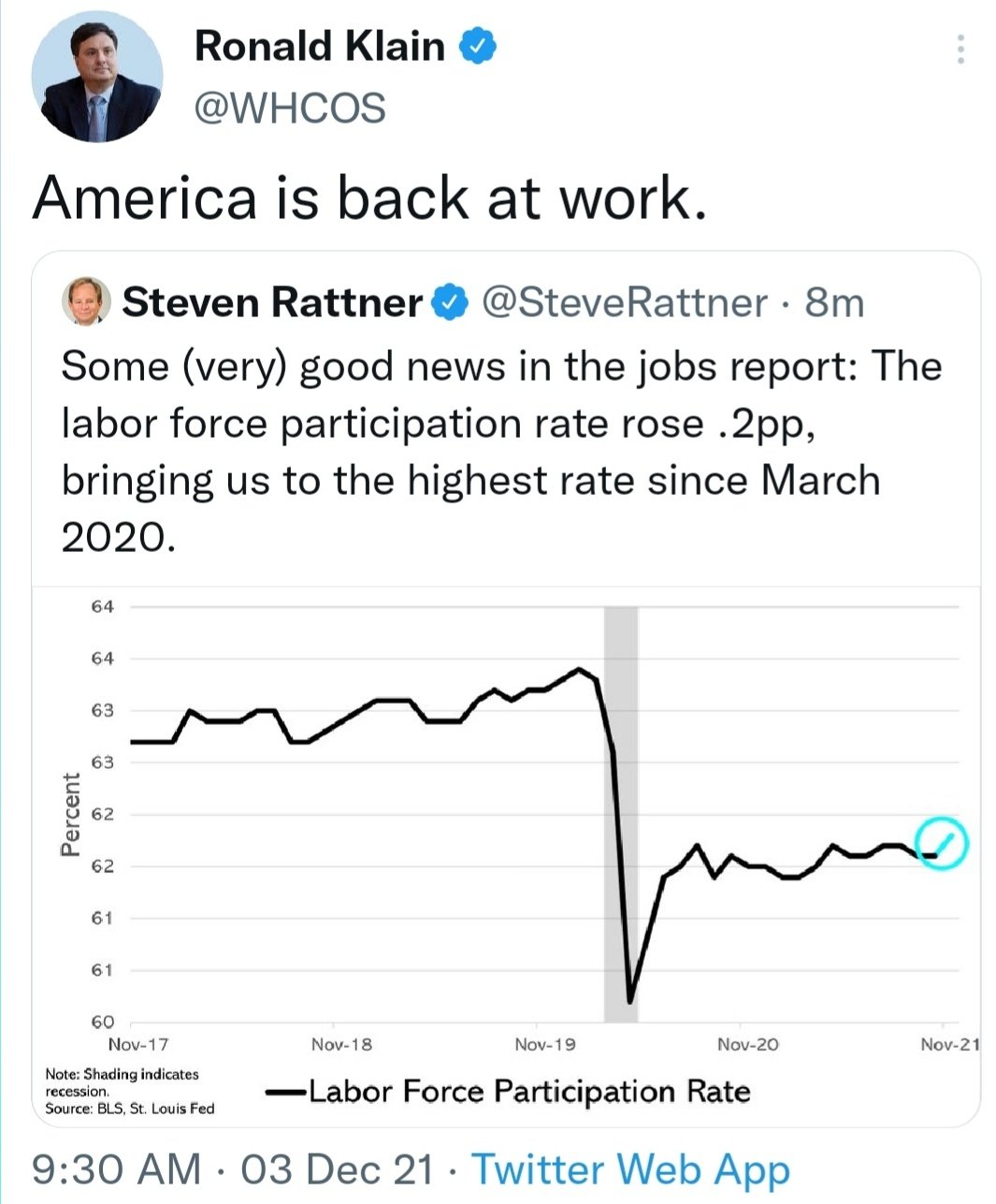When writing about the burden of regulation, I often share big numbers about aggregate cost, job losses, time wasted, and foregone growth.
But I sometimes wonder if such data is effective in the battle for good policy.
Maybe it’s better, at least in some cases, to focus on regulations that affect quality of life for regular people. Lots of ordinary citizens, for instance, are irked that they’re now forced to use inferior light bulbs, substandard toilets, and inadequate washing machines because of regulatory silliness from Washington.
And it looks like we’ll now be forced to use dishwashers that don’t clean dishes thanks to proposed regulations that will reduce water use (which is in addition to a 2012 regulation that already restricted water use).
The Hill reports on the Nanny State’s latest salvo in the war against modern civilization.
The Association of Home Appliance Manufacturers is accusing the Department of Energy (DOE) of a politically motivated drive to increase dishwasher efficiency standards, which are so bad that they would cause consumers to re-wash dishes, erasing any efficiency gains. Rob McAver, the group’s head lobbyist, said regulators are going too far and the new rules will allow only 3.1 gallons to be used to wash each load of dishes. …They then ran standard tests with food stuck to dishes. “They found some stuff that was pretty disgusting,” McAver said. …“The poor performance that would result would totally undercut and go backwards in terms of energy and water use, because of the need for running the dishwasher again, or pre-rinsing or hand-washing, which uses a lot of water,” he said.
Great, another bone-headed step by the government that will make life less enjoyable.
I’m already one of those people who rinse my dishes before putting them in the dishwasher because I hate the idea that they won’t be fully clean afterwards.
So I can only imagine how bad it will be if this absurd example of red tape is imposed and I have to buy a new dishwasher.
I guess I’ll just keep my fingers crossed that my current dishwasher doesn’t break down.
 Especially since the rules make new dishwashers more expensive.
Especially since the rules make new dishwashers more expensive.
Ernest Istook, former Republican congressman from Oklahoma, wrote in a Washington Times piece that complying with the 2012 rule, based on DOE estimates, added roughly $44 to the cost of each machine. “Now their 2015 proposal will add another $99 to the price tag, even by DOE’s own admission,” he wrote.
Julie Borowski has the right assessment. Her column for Freedom Works is from 2012, but it’s very appropriate still today.
Are you disappointed in every shower head that you purchase? Does your toilet have trouble flushing? Have you noticed that your dishes are still dirty after the dishwasher cycle is completed? …Some of us may be quick to blame the manufacturer of these home appliances. But the manufacturers are just abiding by the costly regulations by the Environmental Protection Agency (EPA) and the Department of Energy.
What’s really frustrating is that these regulations reduce the quality of life without even reducing water usage.
…it has only led to people hacking their shower heads to remove the intrusion that is blocking water flow in order to have a more relaxing shower that actually gets them clean. There is no proof that the water restrictions have actually saved water because many people just end up taking longer showers than they otherwise would.
Amen. Every so often I wind up at a hotel with restricted-flow showerheads and it’s a hassle because I probably spend twice as long in the shower.
Not to mention problems government has created elsewhere in bathrooms.
…water restrictions are also the reason that our toilets have trouble flushing. Many of us have become accustomed to flushing the toilet multiple times before the toilet bowl is clear. The 1992 Energy Policy Act states that all toilets sold in the United States use no more than 1.6 gallons of water per flush. These water restrictions are the reason why we have to use plungers far more often than we used to.
I won’t torment readers with a TMI moment, but I will say that I now routinely flush at the halfway point when seated on a toilet. And even that doesn’t necessarily preclude a third flush at the end of the process.
 The only good news is that this gives me a daily reminder that government has far too much power to micro-manage our lives.
The only good news is that this gives me a daily reminder that government has far too much power to micro-manage our lives.
Speaking of excessive government, here’s another example of the regulatory state run amok.
Perhaps you’ve heard of the federal milk police? Well, now we’ll have the federal pizza police, as explained by The Manhattan Institute.
Pizza makers could face fines and prison time under a new Food and Drug Administration rule for failing to provide calorie counts for their billions of combinations of pizza orders. …FDA’s menu labeling rule will go into effect on December 1st, 2016… If a company does not perfectly comply with the mandate, food may be rendered “misbranded” under the Federal Food, Drug, and Cosmetic Act, a violation that carries criminal penalties. Failure to comply with the regulation could lead to government seizure of food, a maximum $1,000 fine, and a one-year prison sentence. …Revising systems under strict compliance with the regulation’s guidelines is expected to cost Domino’s $1,600 to $4,700 per restaurant annually. In general, the rule is expected to cost businesses $537 million, losses that necessarily must be passed on to consumers in the form of higher prices.
And I doubt anyone will be surprised to learn that all this coercion and red tape will have no positive effect.
Several studies on the effectiveness of calorie displays suggest the mandate will have little to no effect on the public’s choices. In one study on menu-labeling in New York City, Brian Elbel, a professor at New York University, found that only 28 percent of people who saw calorie labels said that the information influenced their choices. There was no statistically significant change in calories purchased. In another study, Lisa Harnack of the University of Minnesota examined whether knowledge about calorie counts of menu items would influence how much a person ate, even if the information did not change ordering habits. A lab study revealed that, overall, consumers did not change how much they ate after receiving information about their food’s caloric content.
Which is why, when writing about this topic last year, I predicted “If this regulation is implemented, it will have zero measurable impact on American waistlines.”
P.S. Keep in mind we already have the federal bagpipe police, the federal pond police, and the federal don’t-whistle-at-whales police.
P.P.S. As I repeatedly warn, if the answer is more government, someone’s asked a very silly question.
Read Full Post »
A Chinese state media flack praised Mr. Biden’s tweet: “Now US President finally realized that capitalism is all about exploitation. He didn’t believe this before.” Or maybe he did, and nobody wanted to believe it. …The President’s economic ignorance isn’t a one-off. In recent months he has accused oil and gas companies of price gouging and demanded that they increase production even while his Administration threatens to put them out of business.
…contrary to what the Biden brain trust seems to think, wholesale gasoline prices do not move in lockstep with crude oil prices. And retail gasoline prices do not move in lockstep with wholesale gasoline prices. …As anybody who has ever sold anything for a living can tell you, you don’t get to set your own margin. The market does that for you. …The urge to blame retailers for the results of inflationary fiscal policies — and destructive energy policies — in Washington is ugly, demagogic, and, given Biden’s creepy history, maybe even a little bit racist.










